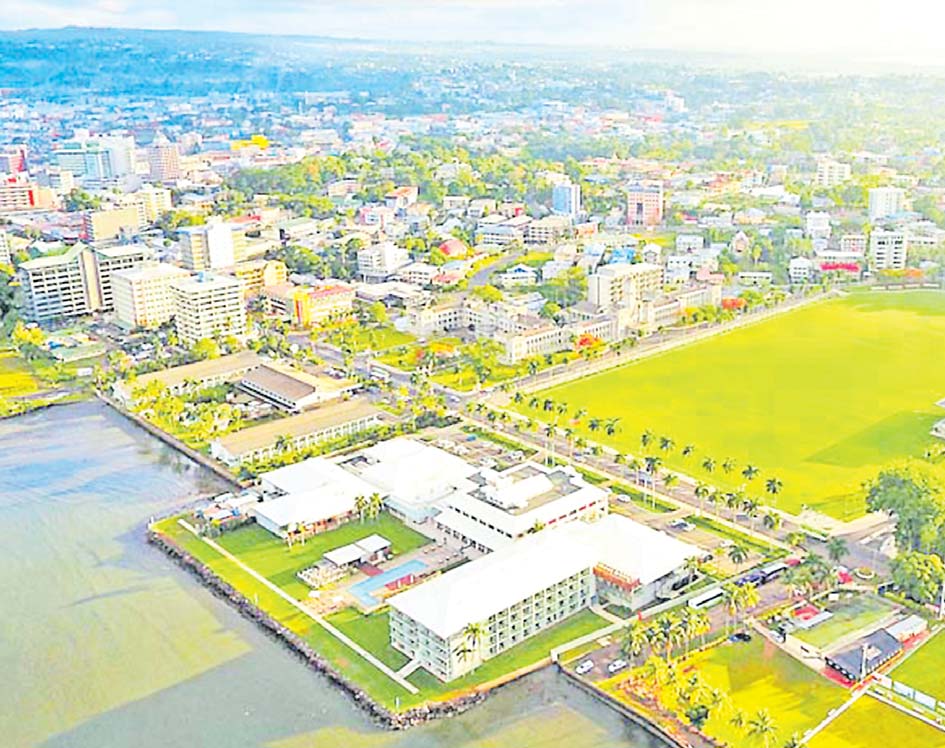PRIVATISATION should only take place where analysis shows that the asset would be more efficiently managed by the private than the public sector, said ANZ Group senior international economists Dr Kishti Sen, Catherine Birch and Tom Kenny in the bank’s research publication Pacific Insight.
The economists said where there were monopoly characteristics of the asset being sold – that is price-setting power is in the hands of asset owners, which is highly likely for ports, water and electricity networks – then effective regulation was needed to ensure that post-sale prices did not burden users of the asset to secure supernormal profits.
They said it should be shown the promised projects to be built with the privatisation proceeds should provide demonstrable net economic benefits.
“Without adherence to these conditions, there would be a risk that capital recycling becomes a lazy, inefficient and ultimately unsustainable way of raising infrastructure finance, where assets are sold that are just as efficient in the public sector as in the private sector, and where the resultant funds are invested in projects with low net economic benefits,” the senior economists said.
“That said, in Fiji’s case, asset recycling or privatisation would not necessarily mean losing Fijian ownership, if it could be done in partnership with the Fiji National Provident Fund (FNPF), other Fijian investors and or long-term leases.
“A review of existing government-owned infrastructure, property and other assets would be needed to determine whether any are suitable for being privatised.
“Sale proceeds could then be used to fund new infrastructure or rehabilitate ageing infrastructure.”
Recently, capital recycling or asset recycling had emerged as an avenue to bolster the public sector’s ability to fund infrastructure.
In this approach, they said governments privatised or offered as a long-term lease an existing and income generating public sector asset and use the funds to build new assets, hence the phrase asset recycling.



